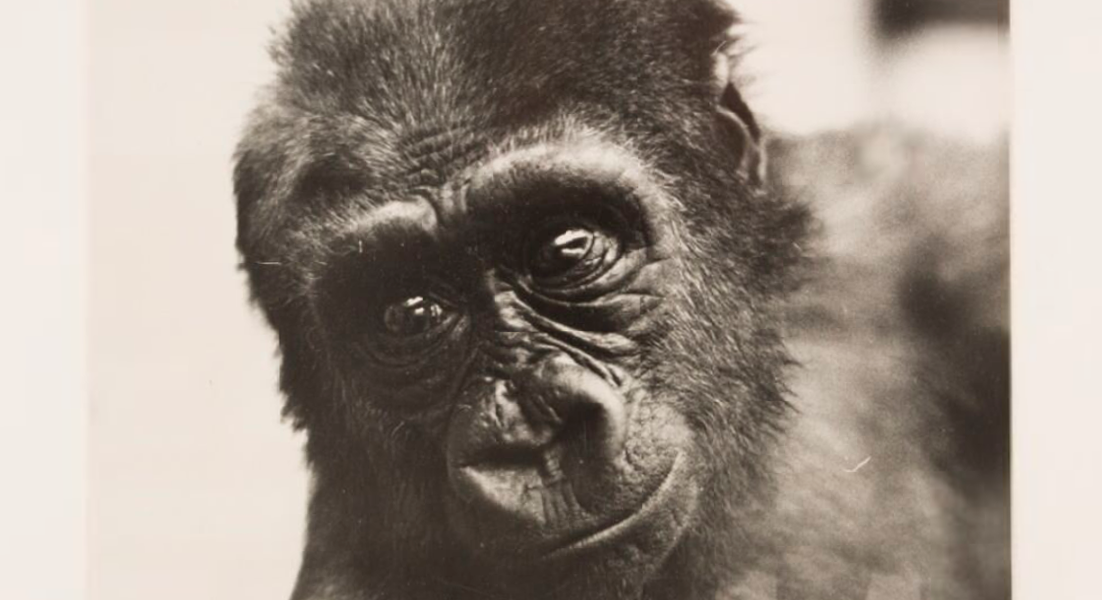We are all unique individuals, but we might have inherited grandma’s nose or dad’s extroverted personality. Have you ever thought about what physical and psychological traits, we humans as a species, have inherited from our ancestors?
As a child, I was fascinated by our closest living relatives – the great apes. I wondered – what do gorillas and chimps think? How similar is their experience of life to mine? I scratched this itch by watching documentaries, reading books and eventually taking degrees in San Diego and Oxford.
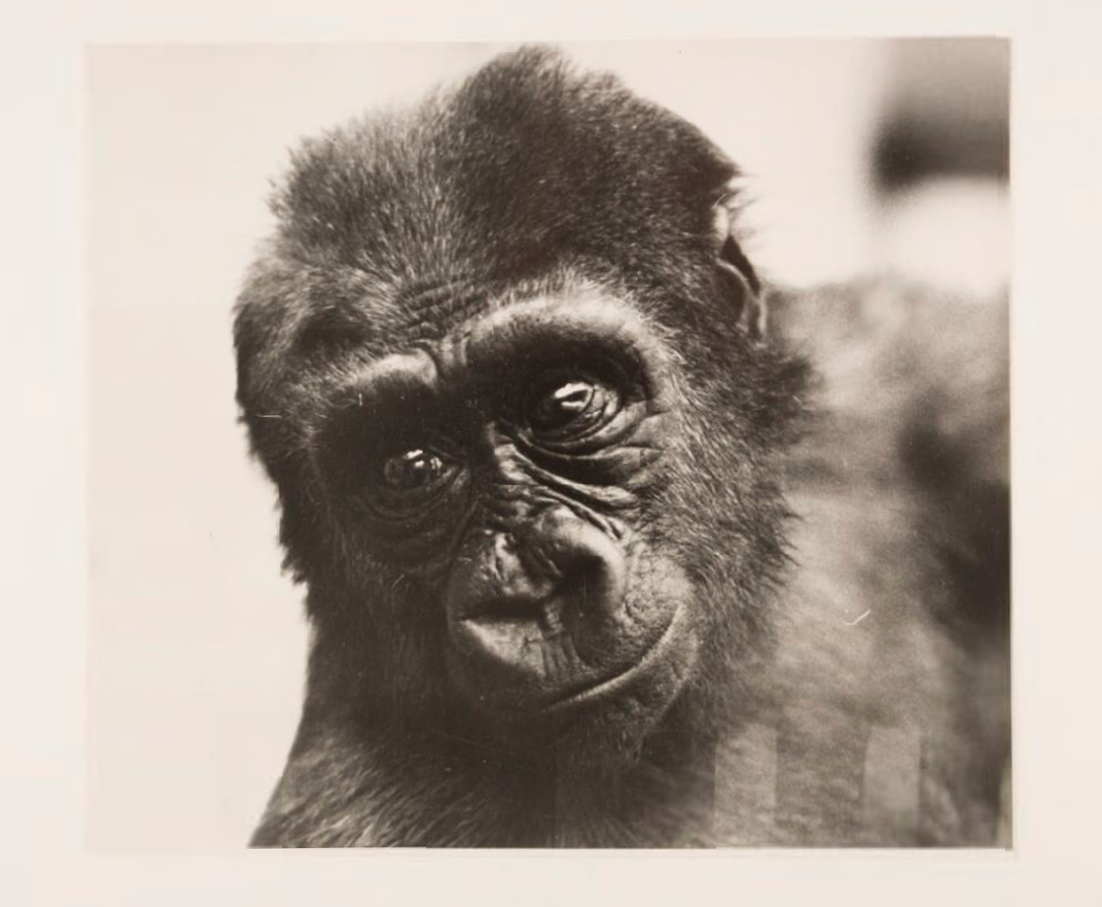
It was during my studies that I started to learn about brains and how they control behaviour. As humans, we are able to think and act in ways unlike any other animal on the planet. Because of these unique capabilities, it is easy to forget that modern human abilities have their origins in a shared evolutionary history.
Although we are bipedal and comparatively hairless, we are indeed great apes. In fact, we are not even on the fringes of the great ape family tree – we are genetically closer to chimpanzees than chimpanzees are to gorillas.
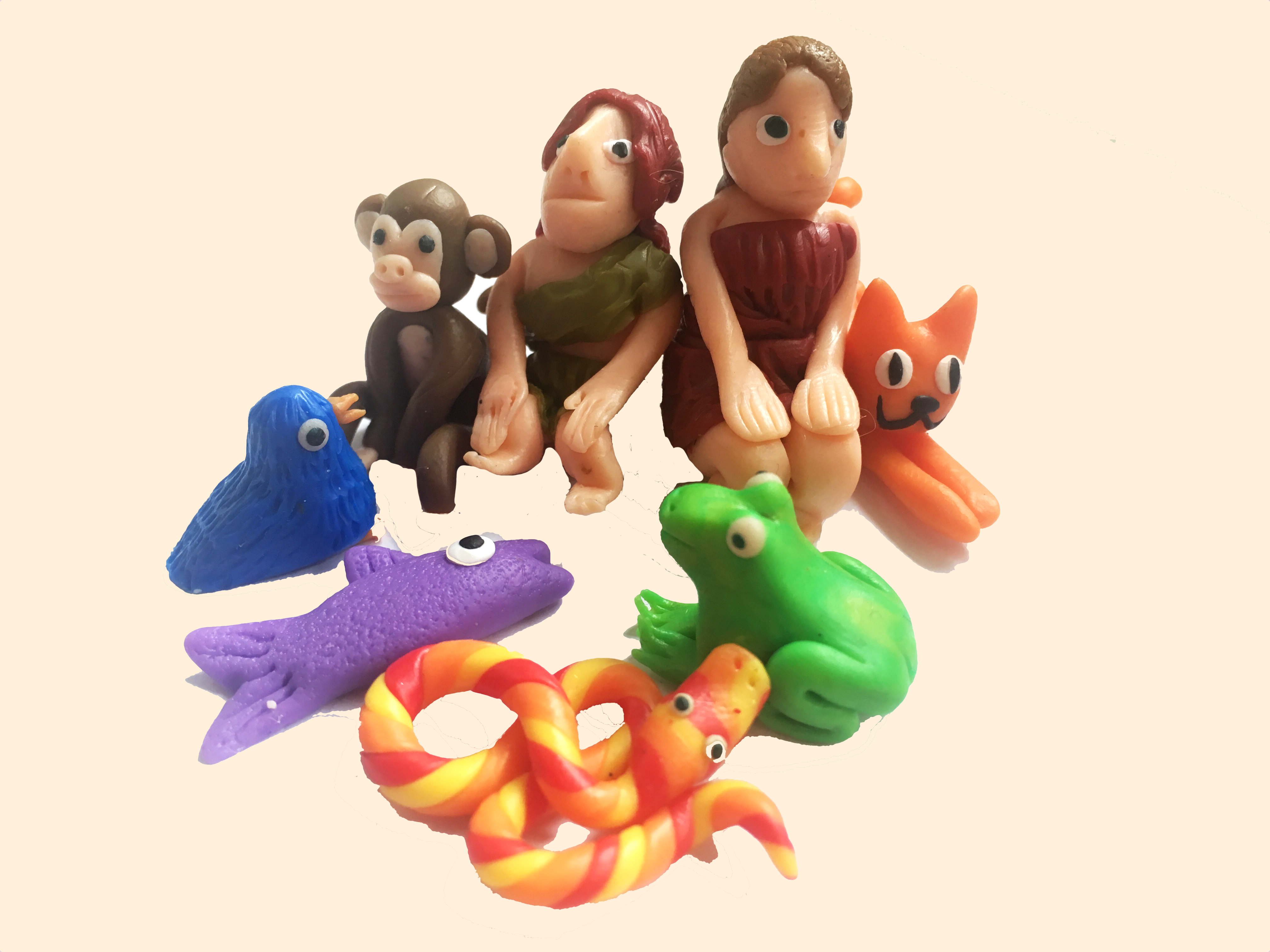
But, our similarities to other animals date back much farther than our split with the great apes (approximately 6 million years ago). Some brain and behavioural traits date back over 500 million years.
One of our oldest inherited traits is the divided brain. While our left and right hemispheres of the brain appear physically similar, they are in charge of very different behaviours. Traditionally, a divided brain was considered unique to human cognitive abilities but animal studies have revealed that fishes, amphibians, reptiles, and mammals also possess left and right hemispheres that differentially control certain behaviours.
The divided behaviours of these animals provide a window into our ancestral past, telling the story of our shared evolutionary history with early vertebrates.
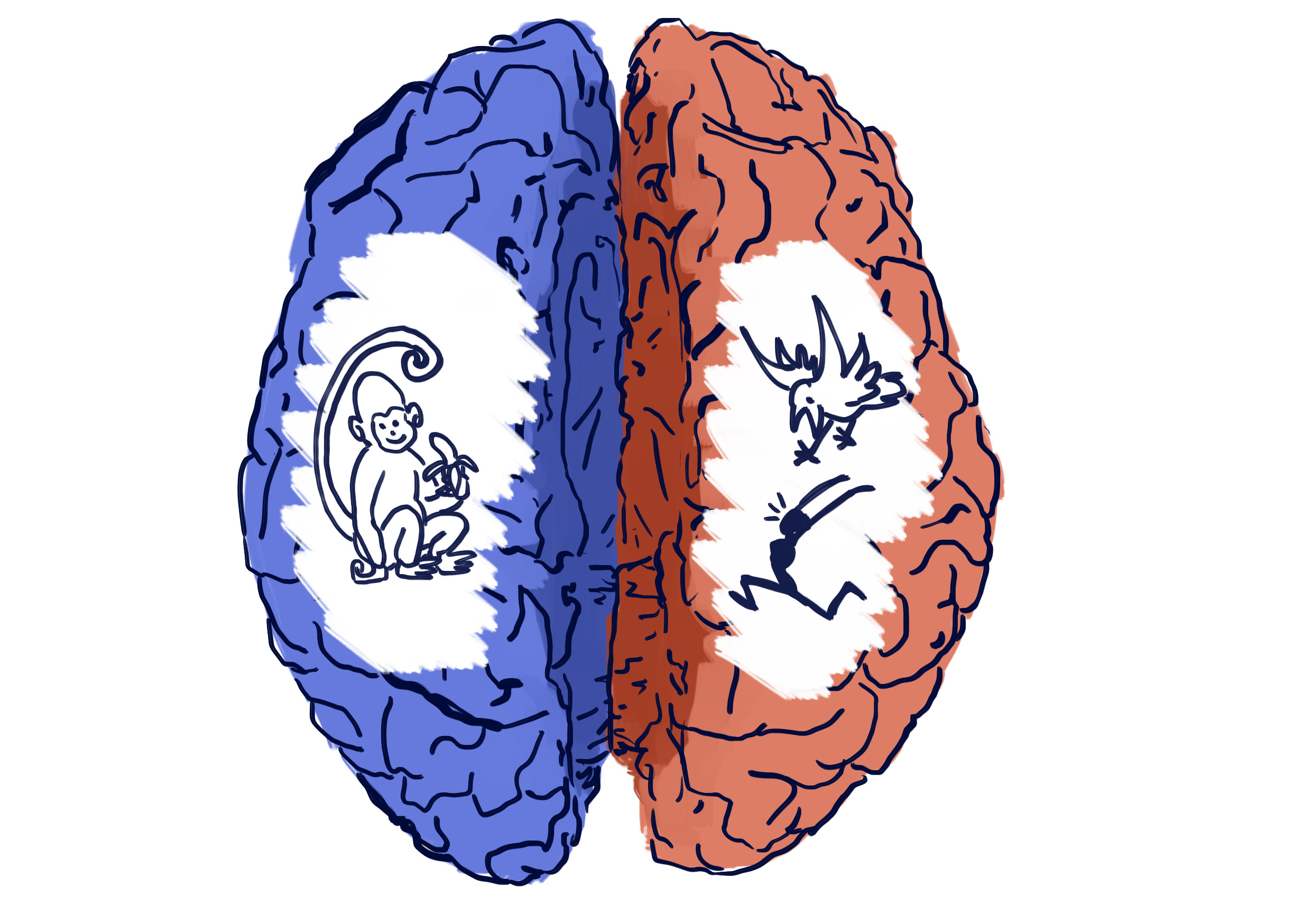
Studies suggest that the right hemisphere evolved with a specialisation for recognising threats in the environment and controlling escape behaviours and the left hemisphere emerged as dominant for producing motor action sequences for feeding. The divided brain allows for any organism to obtain nourishment whilst keeping alert for predators. We can think of the brain as acting like an ‘eat and not be eaten’ parallel processor.
However, little is known about how these older brain traits support modern human behaviours like the way we navigate social environments, embrace, nurture babies and take selfies.
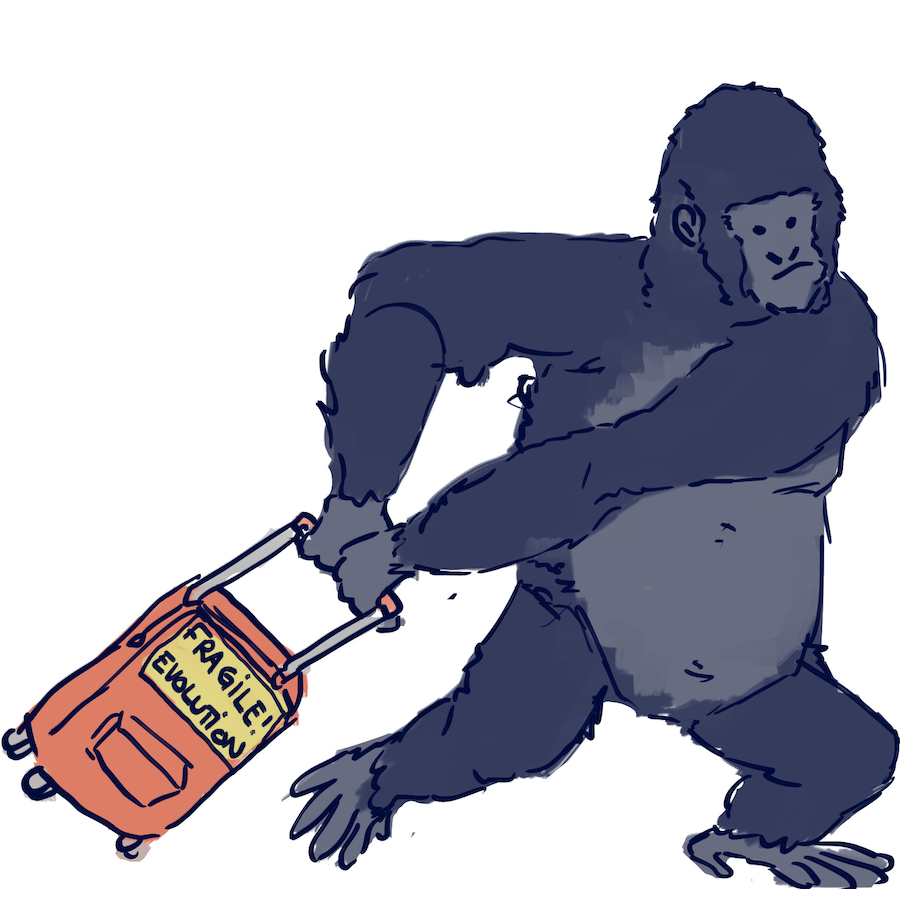
By taking part in Me, Human at Live Science you will learn about cutting-edge research and engage with fun psychology experiments. This project challenges you to use your eyes, ears, and hands to find out more about how ancient brain traits still control some of your most human unique behaviours.
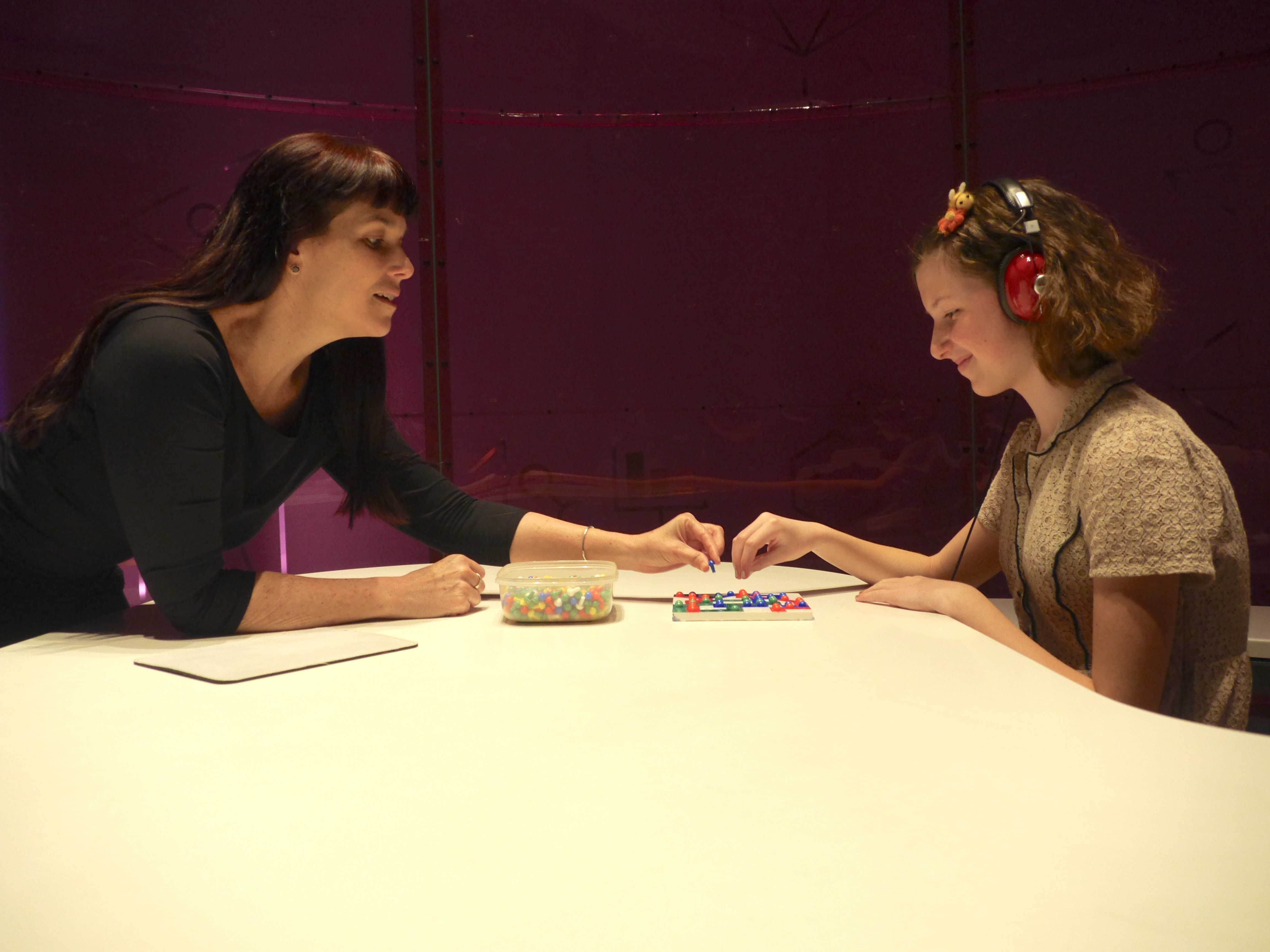
Work with scientists to explore how you use a divided brain to experience the world around you, solve puzzle boards, test your grip strength, hold and manipulate objects, recognise faces and react to different sounds. Watch your brain in action, using portable brain-imaging, as you take part in activities that will help us to better understand human brains and behaviours.
Come and join me and the Me, Human project team on this journey of exploration to find out what it is to be human and how we are connected to all animals in the natural world.
Scientists from Birkbeck, University of London and collaborating institutions will be hosting this Live Science event in the Who Am I? gallery on Tuesdays, Wednesdays, Thursdays, and Saturdays from 11:00-16:30, 2 July– 30 September. Find out more and see how you can take part.
